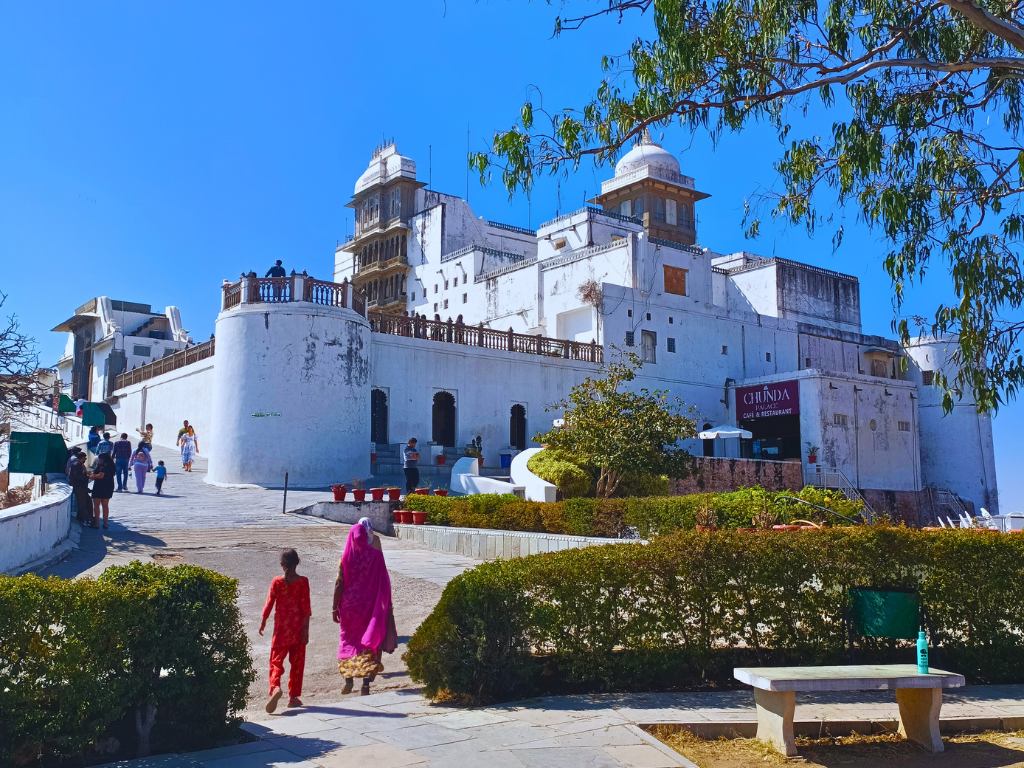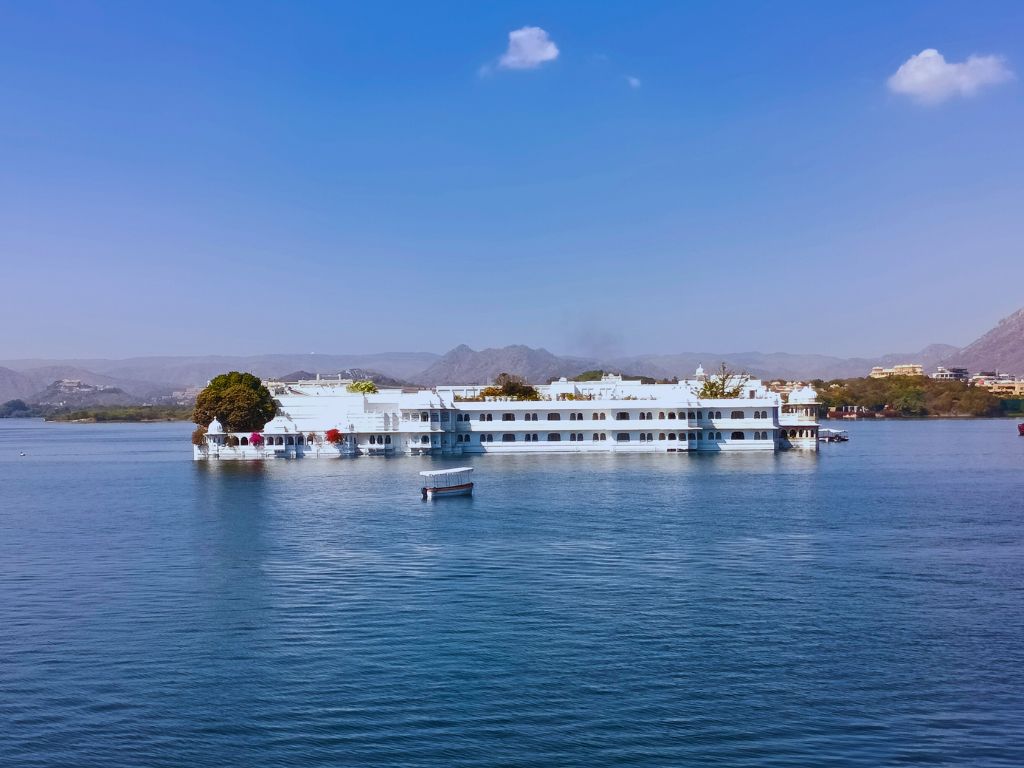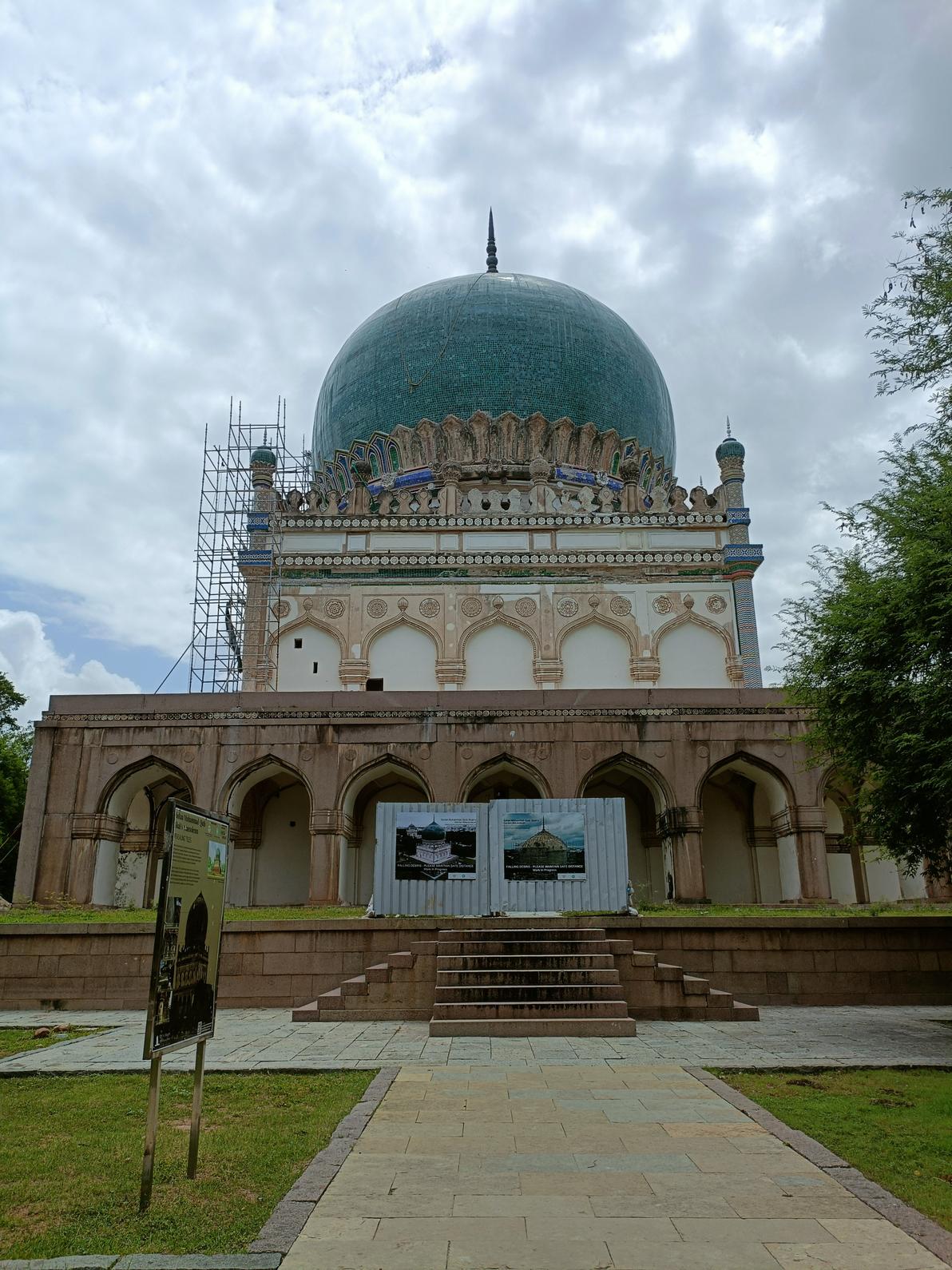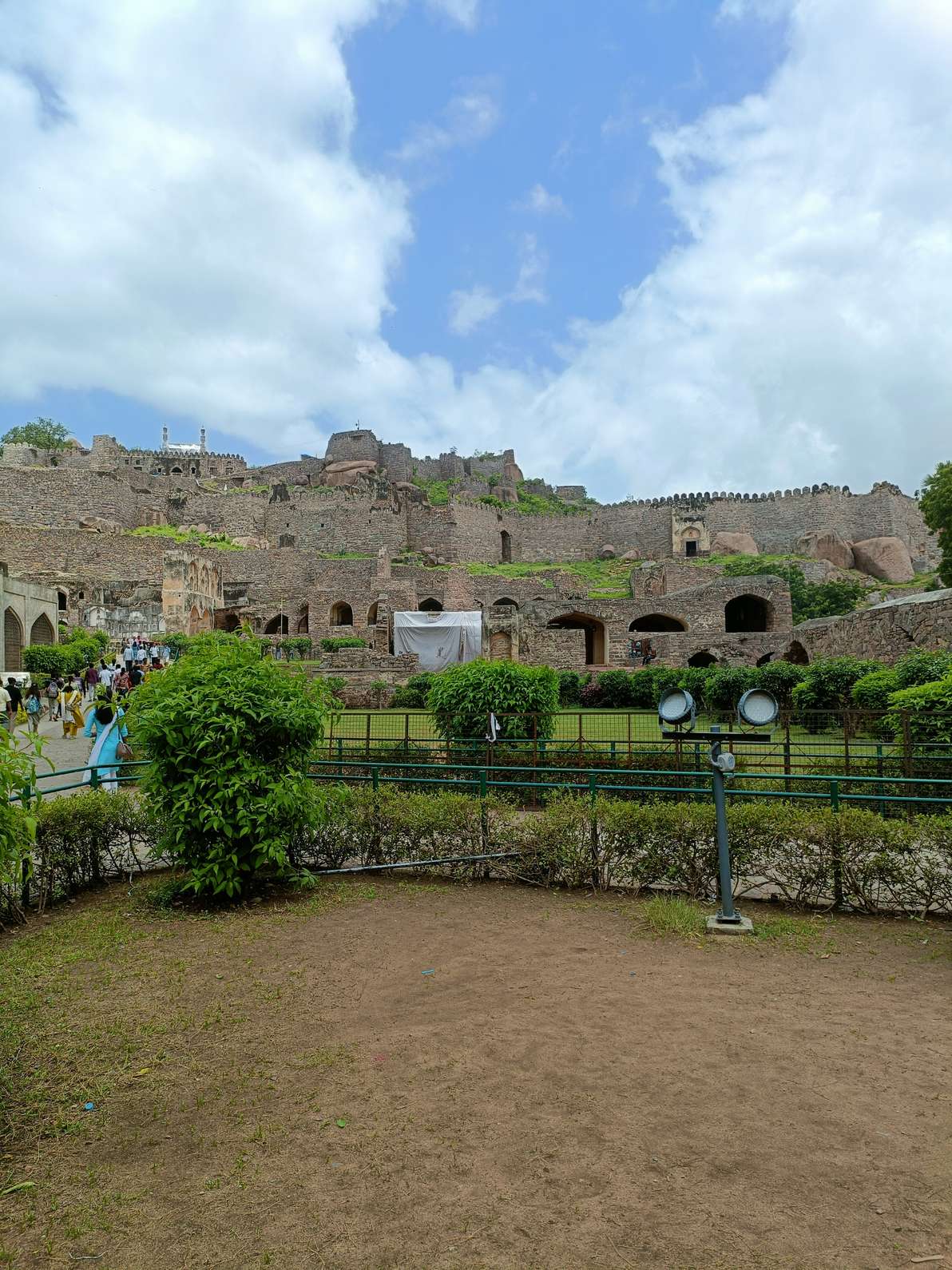Ajmer Itinerary: 3 Best Places to Visit in Ajmer

Are you planning your Ajmer itinerary? Located just 130 km from Jaipur and 14 km from Pushkar, Ajmer combines deep-rooted spirituality with rich history and culture. Known originally as ‘Ajay Meru’, meaning ‘invincible hill’, Ajmer is one of the top places in Rajasthan that offers a remarkable glimpse into India’s cultural diversity.
Founded in the 7th century AD by Raja Ajaypal Chauhan, Ajmer was the heart of the Chauhan Dynasty until the 12th century. After Prithviraj Chauhan’s defeat to Muhammad Ghori, Ajmer came under several dynasties, eventually becoming a favorite of the Mughal emperors due to the revered Ajmer Sharif Dargah. It’s also historically significant as the site of the 1616 meeting between Mughal Emperor Jahangir and Sir Thomas Roe, the English ambassador from King James I’s court.
3 Best Places to Visit in Ajmer
Whether you’re drawn to its religious significance, architectural beauty, or historical importance, Ajmer promises a rewarding experience. Each place adds a unique layer to your journey. This Ajmer itinerary ensures you don’t miss out on any of the best places to see in Ajmer, blending culture, spirituality, and history into an enjoyable travel experience.
1. Ajmer Sharif Darga
I began my Ajmer journey with the spiritual heart of the city – Ajmer Sharif Dargah, one of the most sacred and best places in Ajmer and a must-visit for people of all faiths.
This revered Sufi shrine houses the maqbara (tomb) of Khwaja Moinuddin Hasan Chishty, lovingly called Garib Nawaz. Built in the 13th century, it’s among the best places to visit in Ajmer if you’re seeking divine blessings and cultural depth. Drawing millions of devotees, it’s a key spiritual hub for both Hindus and Muslims.
👉 You’ll enter through one of three grand gates: the Nizam Gate, the Shah Jahan Gate built by the Mughal emperor, or the majestic Buland Darwaza.
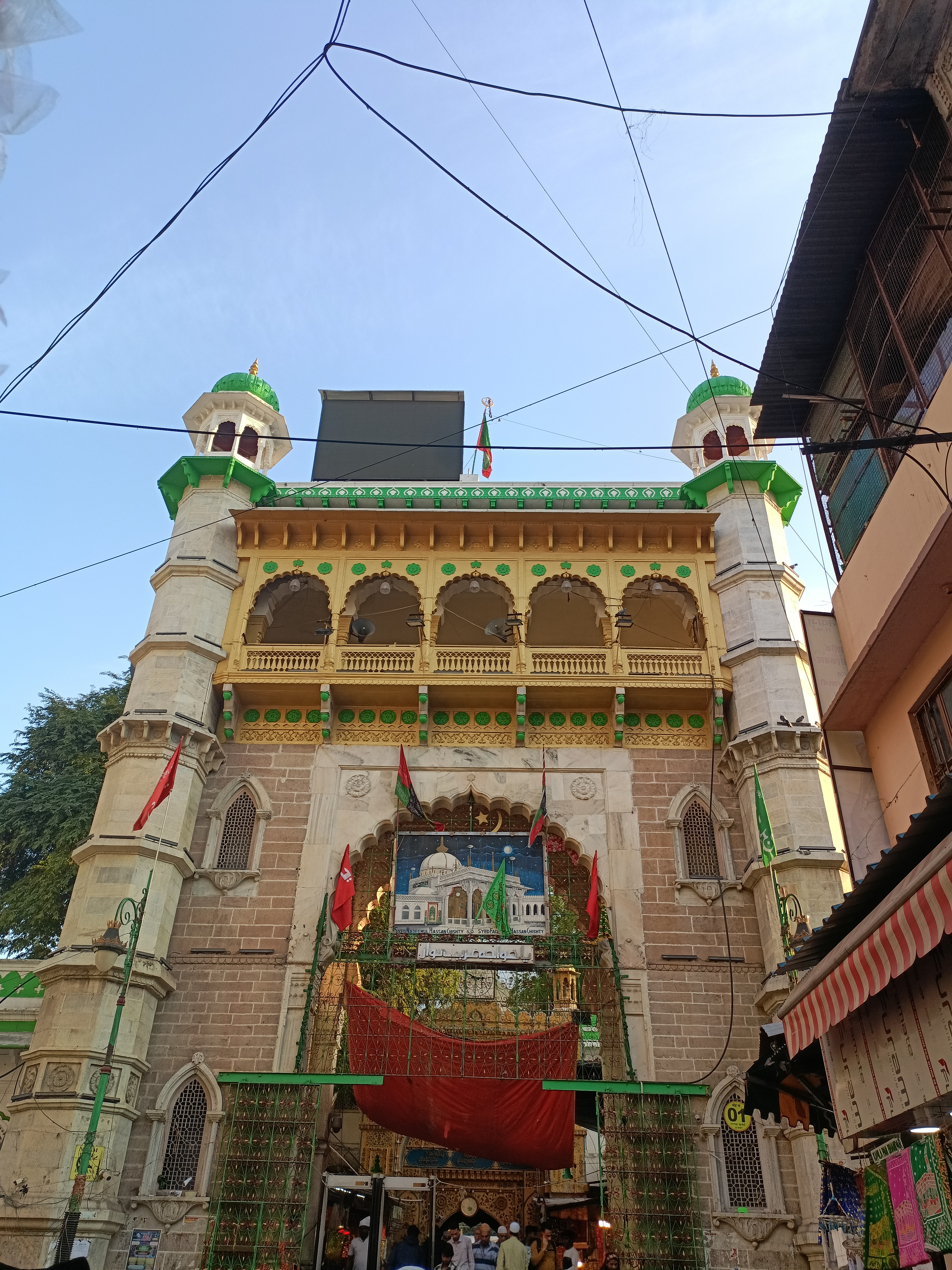
Inside, you’ll find peace despite the crowds. Be prepared to buy offerings like chadar, flowers, or donate to the shrine. Shops on both sides of the approaching road sell everything you need.
A highlight here is the langar – sacred food cooked in huge cauldrons known as degs. This food is distributed to all visitors, a soul-satisfying experience you shouldn’t miss. It’s common to feel overwhelmed by the energy and the push from vendors, but the spiritual aura overshadows the chaos.
If you’re lucky, like I was, you might meet someone from the Chishty lineage who can guide you through the rituals and history. It took me about an hour to explore the dargah and absorb its spiritual atmosphere. Located at the end of a bustling street lined with local food stalls, this area is also a foodie’s delight. Don’t leave without trying the snacks – spicy chaats, kebabs, and more.
👉 Once done at the dargah, walk a little further to discover Adhai Din Ka Jhonpda, another one of the top places in Ajmer, steeped in history. Originally built as a Sanskrit college, it was converted into a mosque in 1198 AD by Sultan Ghori. The Indo-Islamic architecture, adorned further by Sultan Iltutmish in 1213 AD, is breathtaking.
The name, Adhai Din Ka Jhonpda, meaning ‘hut of two and a half days’, comes from a legend involving a short Urs (spiritual gathering) held here in the 18th century during the Maratha period. Though I couldn’t personally visit this place, it’s regarded as one of the best places to see in Ajmer, especially for architecture and history lovers.
2. Ana Sagar Lake
Ana Sagar Lake is one of the best places in Ajmer for history lovers and peace seekers alike.
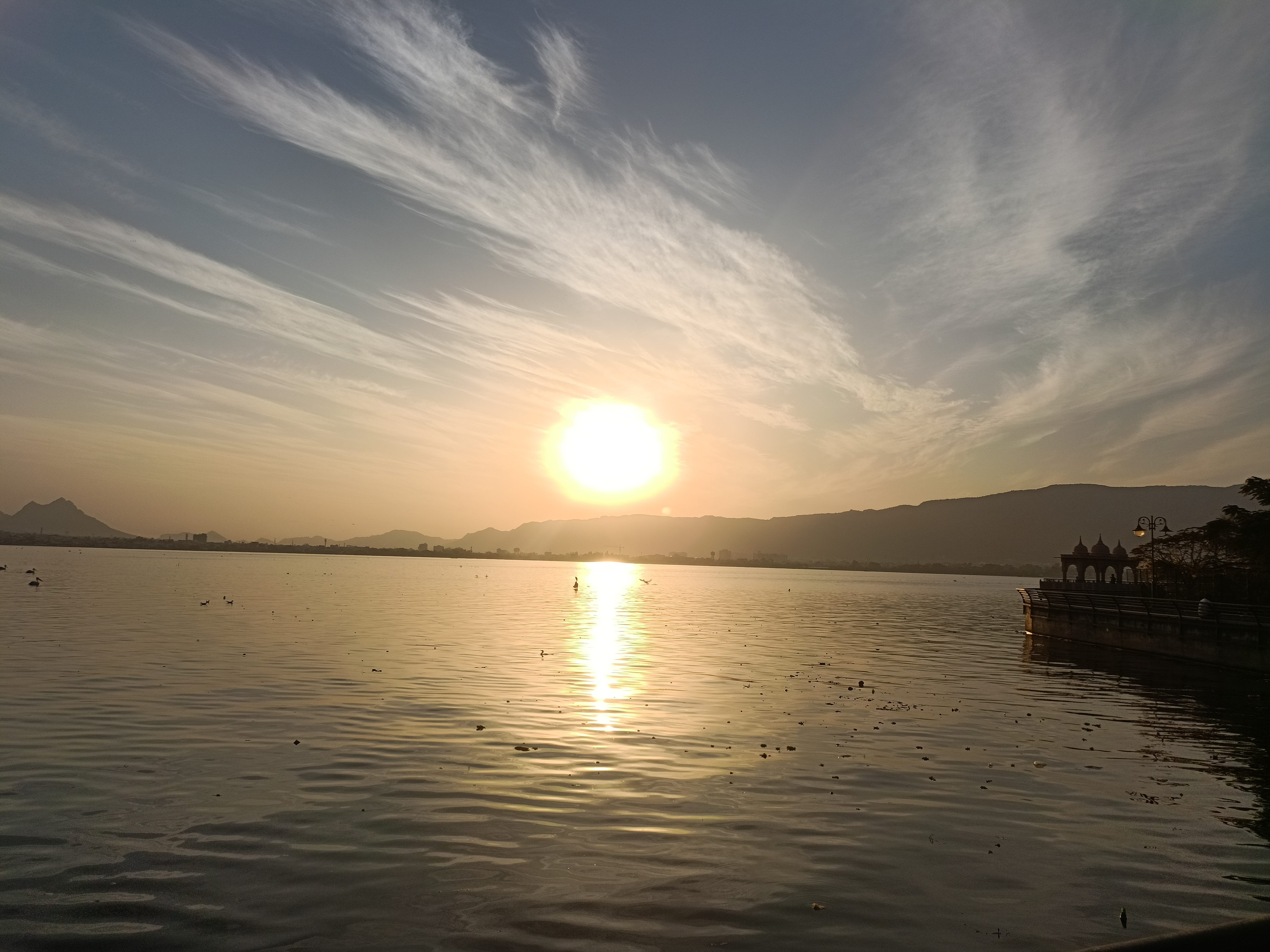
👉 This artificial lake was built between 1135 and 1150 AD by Arnoraj Chauhan, also known as Anaji, the son of Ajaypal Chauhan. That’s how the Ana Sagar Lake got its name.
Surrounded by the Aravalli hills, it became more than just a water reservoir over time. It transformed into one of the best places to visit in Ajmer, thanks to the additions made by Mughal emperors. Emperor Jahangir designed the serene Daulat Bagh Gardens beside the lake, while Shah Jahan added five elegant white marble pavilions known as the Baradari. These historic structures, now called Anasagar Baradari, sit on the southeastern embankment and form a stunning backdrop to the lake.
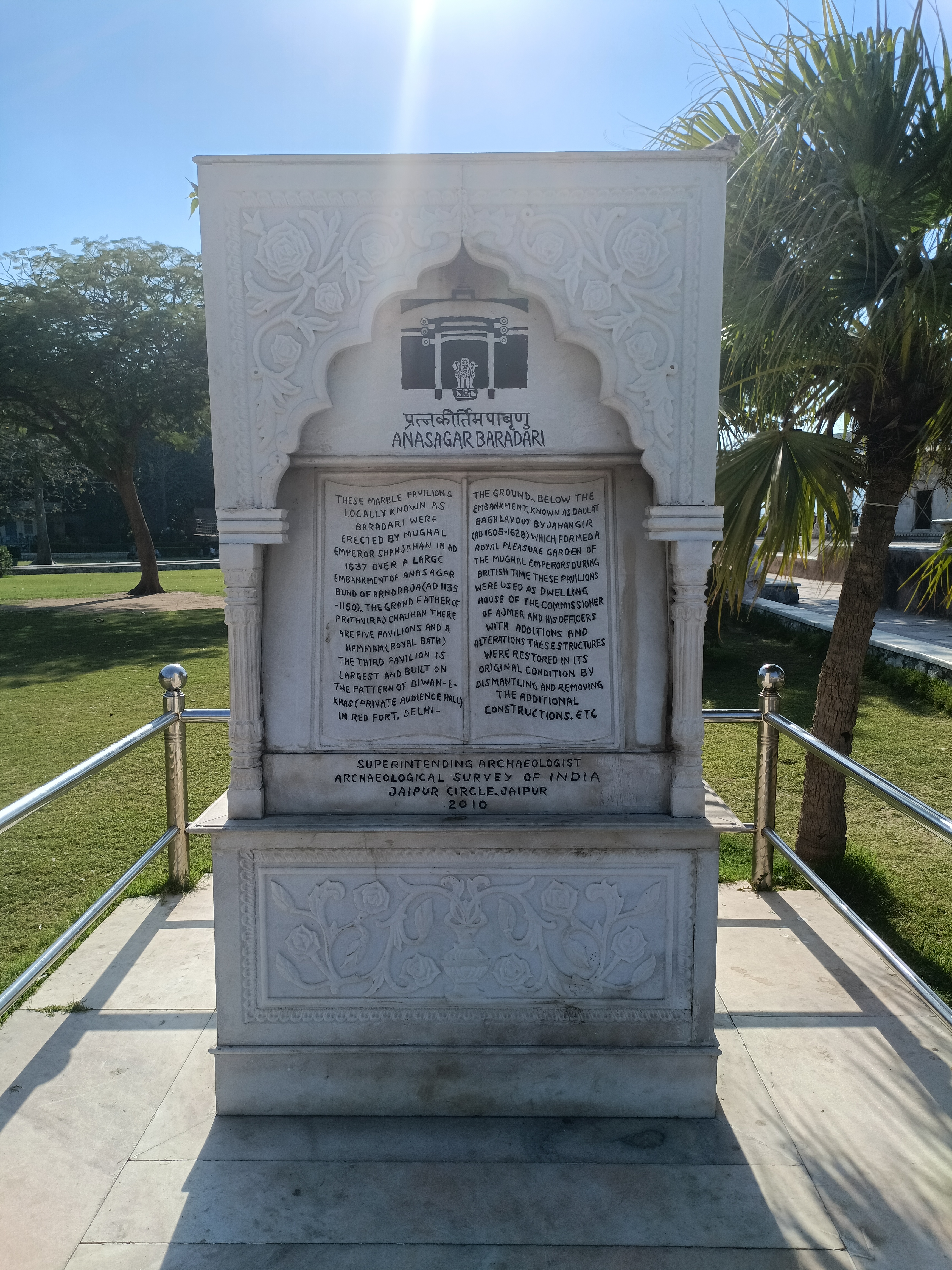
The Baradari pavilions are iconic examples of Mughal architecture. Surrounded by lush gardens and water views, they were once part of a grand pleasure garden. During British rule, they were repurposed as government offices, but today, they stand restored to their original charm. You’ll also find a historic royal bath, or hamam, nearby, adding to the cultural value of the spot.
Here, you can sit quietly, enjoy the view, and connect with the city’s rich heritage. Even with crowds around, the atmosphere here offers a calming escape. However, remember to carry cash, as digital payments aren’t always accepted for entry tickets.
Sunset is the perfect time to visit. The fading light creates a magical reflection on the water, offering stunning views you won’t forget. But it’s important to note: the lake area can get crowded, even on weekdays, and sadly, littering is common. While Ana Sagar Lake is undoubtedly among the best places to see in Ajmer, it does need better maintenance.
Its blend of history, architecture, and scenic beauty makes it one of the absolute best places in Ajmer to experience.
👉 Nearby, you’ll also find the Golden Jain Temple, a stunning example of intricate Jain architecture that adds spiritual diversity to the city. It’s one of the lesser-known but equally important places to visit in Ajmer.
3. The Ajmer State Government Museum
Lastly, I visited the Ajmer State Government Museum. It’s definitely one of the best places to visit in Ajmer for history enthusiasts. Housed within the iconic Mughal Fort built by Emperor Akbar in 1570 AD, this museum offers a deep dive into the region’s rich archaeological and cultural heritage.
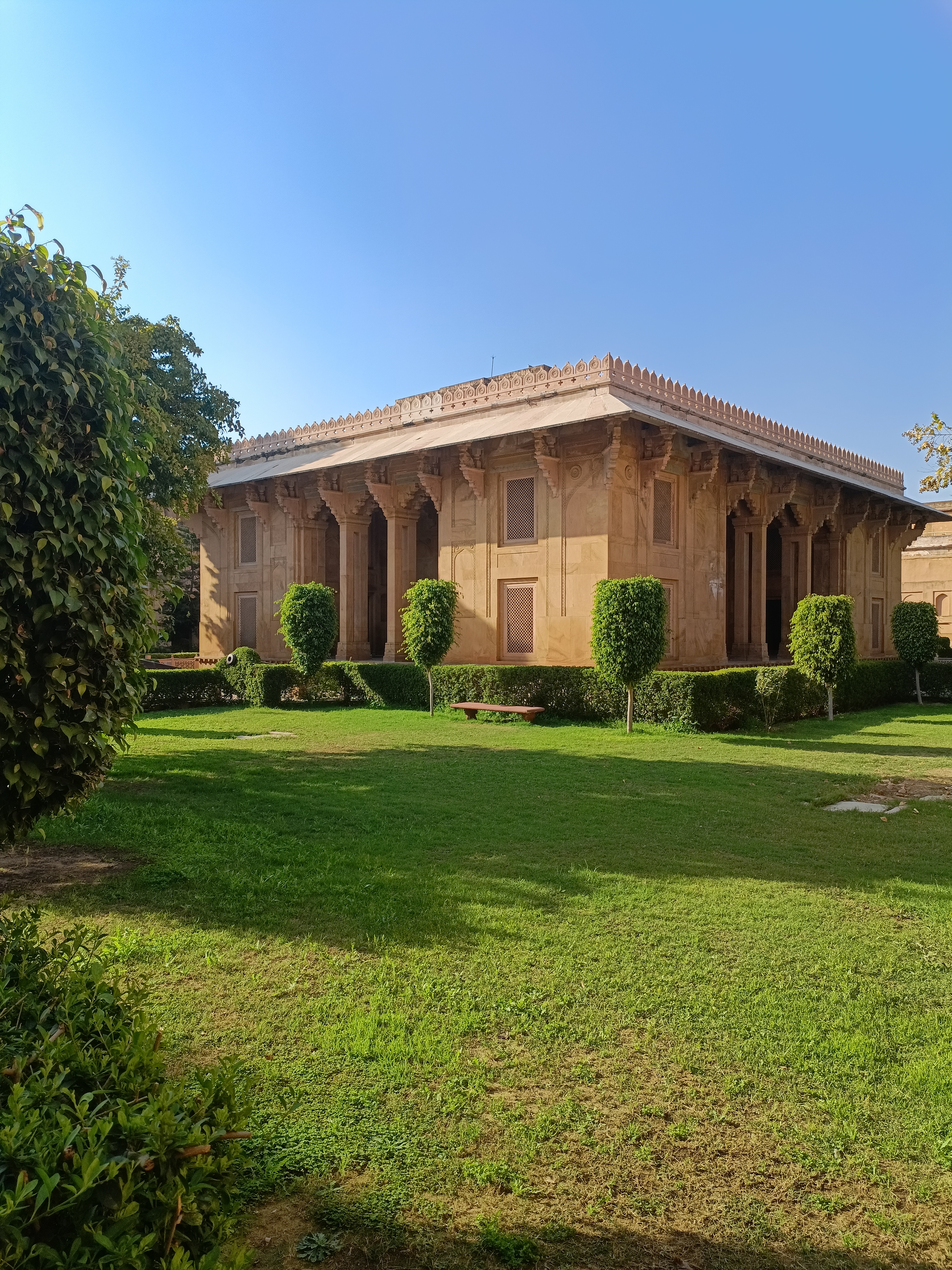
This heritage site is among the top places in Ajmer, showcasing rare and ancient collections. The museum features stone sculptures, copper equipment, terracotta bangles, human and animal figurines, Harappan pottery, sling balls, shell objects, baked bricks, and weights, many dating back over 5,000 years. These displays make it one of the best places to see in Ajmer if you’re curious about early civilization and craftsmanship.
The museum was formally opened in October 1908 as the Rajputana Museum, based on the proposals of Sir John Marshall, the then Director-General of Archaeology in India. Pandit Gauri Shankar Hirachand Ojha became its first curator. Today, it stands out as one of the best places in Ajmer for lovers of history and archaeology.
Inside the museum galleries, you’ll find items from various excavations, including ancient coins, inscriptions in stone and metal, sculptures of Hindu deities and Jain Tirthankaras, miniature paintings, arms, and armor. Even though photography is not allowed inside, the visual richness and historical depth make it a memorable stop.
The museum closes at 5 PM. Entry tickets cost Rs. 50 for Indian adults and Rs. 200 for foreign nationals. Students, both Indian and international, get discounted entry, with prices nearly halved.
👉 Among other top places in Ajmer is Taragarh Fort, India’s first hill fort, constructed by the Chauhans. Your Ajmer itinerary is incomplete without a visit to Mayo College, one of India’s oldest public schools. Established during the British era, it’s a symbol of colonial heritage and educational excellence, making it one of the best places to visit in Ajmer for history enthusiasts.
Read More: My Delhi to Udaipur Trip & Everything in Between
How to Reach Ajmer?
Ajmer is easily accessible by road and rail, making your trip smooth. The closest airport is Kishangarh Airport, just 30 kilometers away. You can book a cab in advance or find taxis right outside the airport. The drive to Ajmer takes about 39 minutes.
Frequent buses connect Ajmer with Jaipur and other cities. State-run buses operate regularly between Jaipur and Ajmer, while private buses also serve this route. Delhi to Ajmer buses run less often but are available.
Ajmer lies on the major Delhi-Jaipur-Marwar-Ahmedabad-Mumbai railway line, with many trains stopping here. I took the Ajmer Shatabdi Express from Delhi, which cost Rs. 985.85, making rail travel comfortable and affordable.
Best Time to Visit Ajmer
Plan your visit between October and February for the most pleasant weather. During these months, temperatures are comfortable, allowing you to explore the best places in Ajmer without discomfort. I visited in early February, and although it was warm, it was still manageable. Avoid the summer months from March to May, as temperatures often exceed 40°C, making sightseeing less enjoyable.




